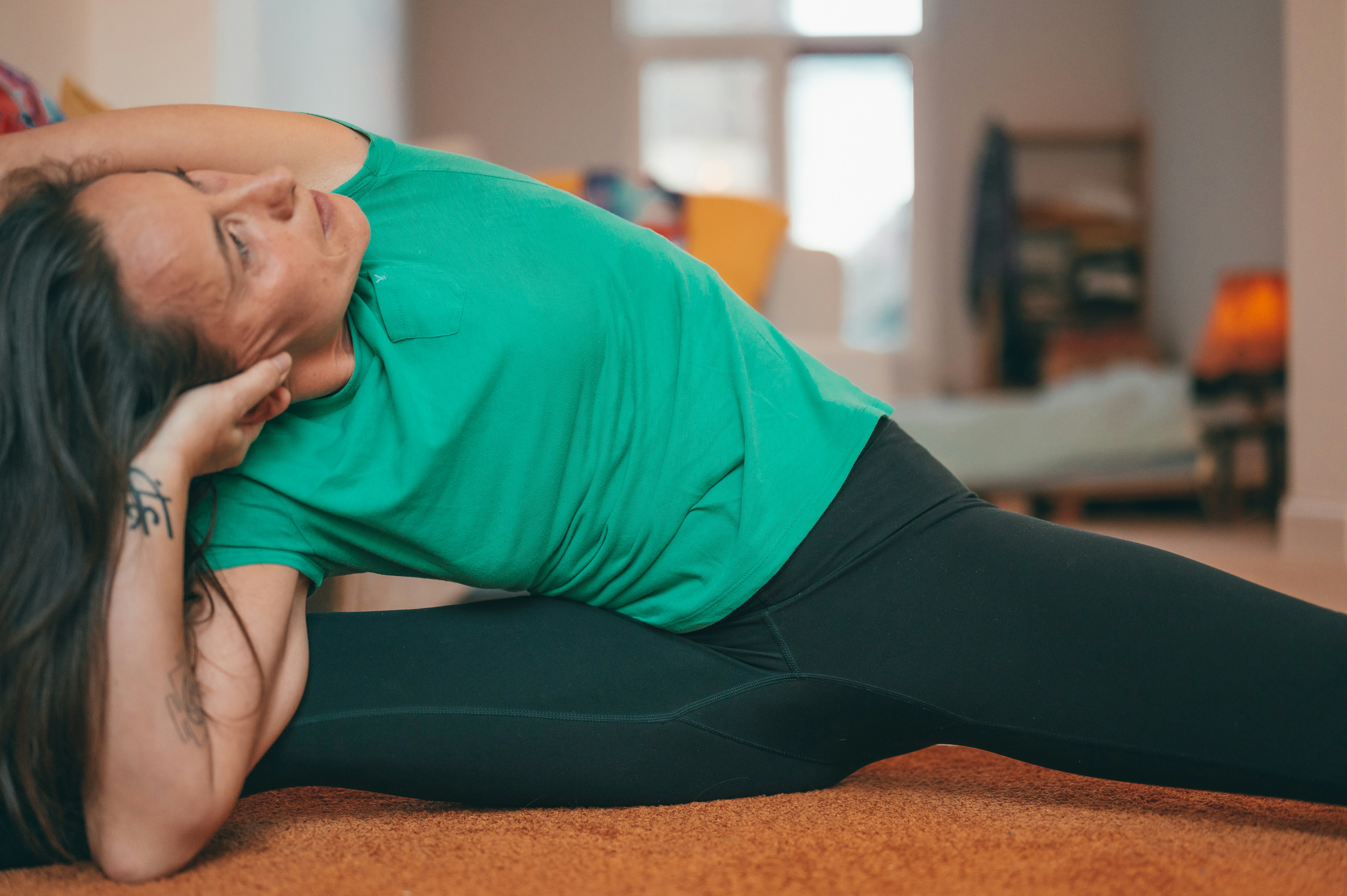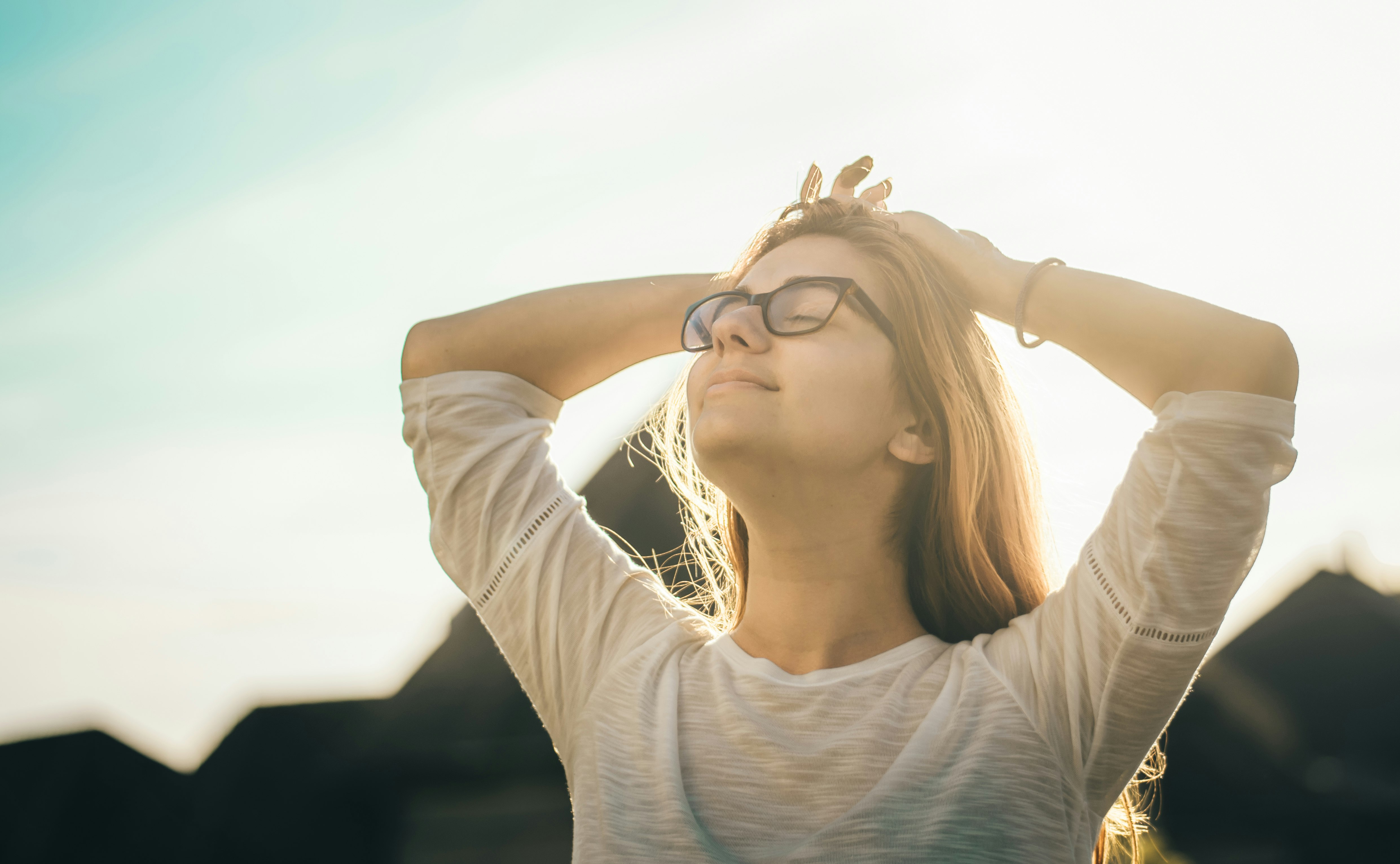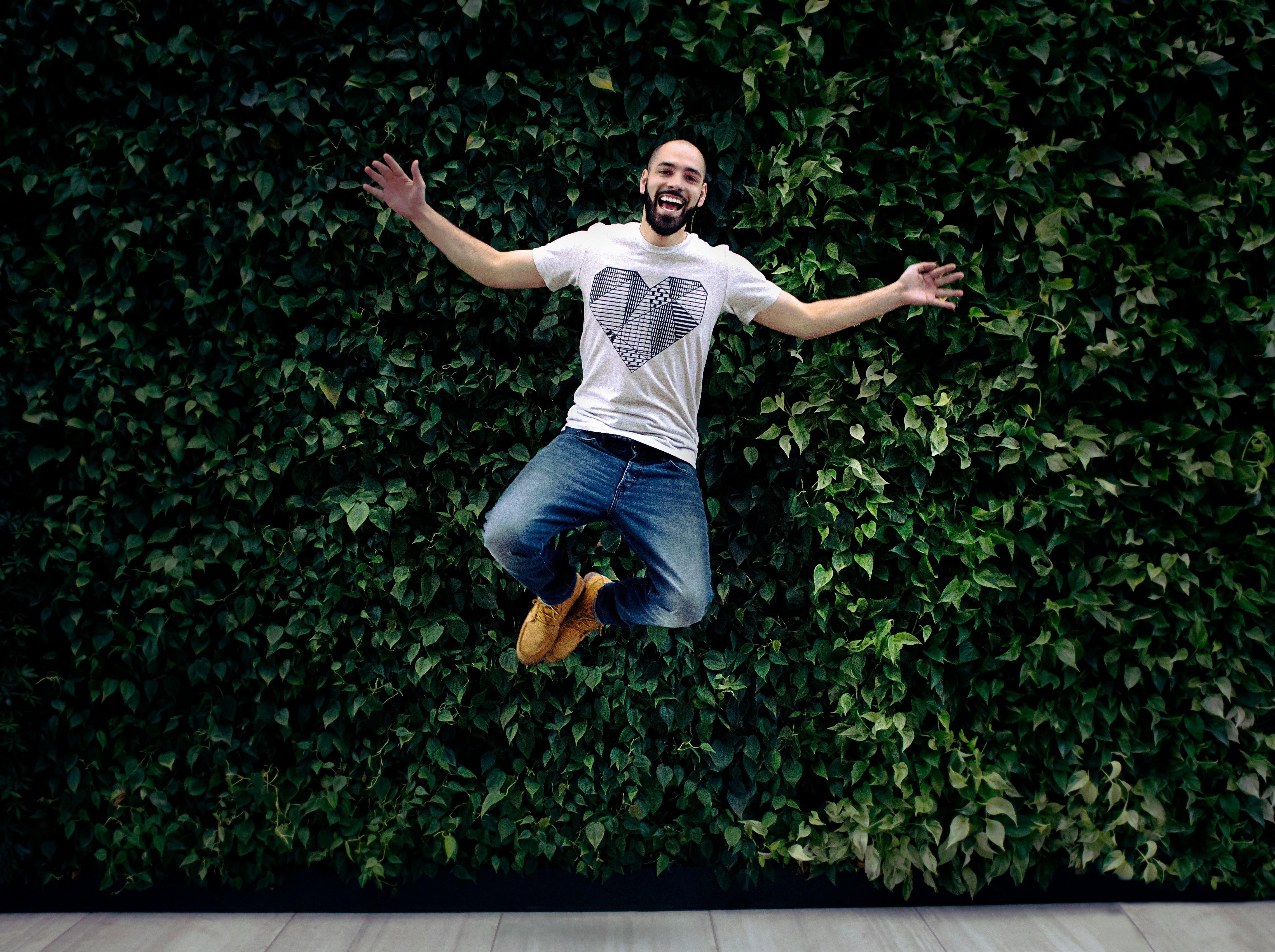Stretching is an often overlooked aspect of physical activity, but it is an important part of maintaining flexibility, mobility, and overall physical health. Whether you are an athlete or simply looking to maintain an active lifestyle, incorporating regular stretching into your routine can have numerous benefits. In this article, we will explore the top five benefits of stretching for active individuals.
1. Improved flexibility:
One of the most well-known benefits of stretching is that it can increase flexibility, or the range of motion in your joints. This can help you perform physical activities with greater ease and reduced risk of injury. Improved flexibility can also make it easier to perform everyday tasks, such as reaching for items on a high shelf or tying your shoes. Stretching can help to lengthen and loosen the muscles and connective tissues surrounding the joints, allowing for a greater range of motion. It's important to note that while stretching can improve flexibility, it is not a substitute for proper warm-up and cool-down techniques, which are also essential for reducing the risk of injury.
Flexibility refers to the range of motion around a joint and is important for maintaining mobility and overall physical health. Stretching is an effective way to increase flexibility, as it helps to lengthen and loosen the muscles and connective tissues surrounding the joints. This can help you perform physical activities with greater ease and reduced risk of injury, as well as make it easier to perform everyday tasks such as reaching for items on a high shelf or tying your shoes.
To understand how stretching improves flexibility, it's helpful to understand the structure of the musculoskeletal system. The muscles are connected to the bones by tendons, which are strong, fibrous connective tissues. The muscles and tendons are surrounded by a thin, elastic membrane called the fascia, which helps to hold the muscles in place and protect them from injury. When we stretch, we are essentially applying tension to the muscles and fascia, which helps to lengthen and loosen them. This increased range of motion can make it easier to perform physical activities and reduce the risk of injury, as the muscles are less likely to become strained or torn when they are flexible and able to move through a full range of motion.
It's important to note that while stretching can improve flexibility, it is not a substitute for proper warm-up and cool-down techniques, which are also essential for reducing the risk of injury. Warm-ups help to prepare the body for physical activity by increasing blood flow to the muscles and gradually increasing the heart rate, while cool-downs help to gradually bring the body back to a resting state and reduce the risk of muscle soreness. Both warm-ups and cool-downs should include dynamic stretches, which involve moving through a range of motion, as well as static stretches, which involve holding a stretch for a period of time. By incorporating both types of stretches into your routine, you can effectively prepare your body for physical activity and reduce the risk of injury.
2. Improved performance:
Stretching can also improve your physical performance, particularly in activities that require a high degree of flexibility, such as gymnastics, dancing, or martial arts. By increasing your range of motion, you may be able to perform movements more effectively and with less strain on your muscles. For example, a dancer with increased flexibility in their legs and hips may be able to execute a split more easily, while a martial artist with greater shoulder flexibility may be able to execute punch techniques with greater speed and power. In addition to the specific benefits for certain activities, stretching can also help improve overall athletic performance by increasing blood flow to the muscles and reducing muscle stiffness.
Stretching can have a number of beneficial effects on physical performance, particularly in activities that require a high degree of flexibility. For example, gymnasts, dancers, and martial artists all rely on a high level of flexibility in order to perform their respective activities effectively. By increasing flexibility through stretching, these individuals may be able to execute movements more easily and with less strain on their muscles.
For instance, a dancer with increased flexibility in their legs and hips may be able to execute a split more easily, while a martial artist with greater shoulder flexibility may be able to execute punch techniques with greater speed and power. In addition to the specific benefits for certain activities, stretching can also help improve overall athletic performance by increasing blood flow to the muscles and reducing muscle stiffness.
Increased blood flow to the muscles can help to oxygenate the muscles and reduce fatigue, allowing for longer and more intense physical activity. Stiff muscles, on the other hand, can inhibit movement and make it more difficult to perform physical activities. By stretching to reduce muscle stiffness, athletes may be able to perform at a higher level and with less fatigue.
It's important to note that stretching should be a part of a well-rounded training program and should not be the sole focus of physical activity. While stretching can certainly improve performance, it should be combined with other forms of exercise, such as strength training and cardiovascular activity, in order to achieve optimal physical fitness.
3. Pain relief:
Stretching can also help alleviate muscle soreness and tension, particularly after intense physical activity. By gently lengthening and releasing tension in the muscles, stretching can help reduce muscle tightness and discomfort. This can be particularly beneficial for individuals who engage in activities that put a lot of strain on specific muscle groups, such as runners or weightlifters. Stretching can also help to improve posture and reduce the risk of muscle imbalances, which can lead to chronic pain and discomfort.
Stretching can be an effective way to alleviate muscle soreness and tension, particularly after intense physical activity. When we engage in physical activity, our muscles contract and shorten, which can lead to muscle tightness and discomfort. Stretching helps to gently lengthen and release tension in the muscles, which can help reduce muscle tightness and discomfort. This can be particularly beneficial for individuals who engage in activities that put a lot of strain on specific muscle groups, such as runners or weightlifters, as these activities can lead to muscle imbalances and overuse injuries.
In addition to reducing muscle soreness and tension, stretching can also help to improve posture and reduce the risk of muscle imbalances, which can lead to chronic pain and discomfort. Poor posture and muscle imbalances can cause undue strain on certain muscle groups, leading to discomfort and pain. By stretching to correct these imbalances and improve posture, individuals may be able to reduce their risk of chronic pain and discomfort.
It's important to note that while stretching can be an effective way to alleviate muscle soreness and tension, it should not be used as a replacement for proper warm-up and cool-down techniques or medical treatment for injuries. If you are experiencing chronic pain or discomfort, it is important to speak with a healthcare professional to determine the cause and seek appropriate treatment. Stretching can be a useful complementary tool in managing muscle soreness and tension, but it is not a replacement for proper medical care.
4. Stress relief:
In addition to its physical benefits, stretching can also have a positive effect on your mental well-being. Taking the time to focus on your breath and body can help reduce stress and improve overall relaxation. The act of stretching itself can be calming and meditative, as it requires you to concentrate on your breath and physical sensations rather than external distractions. This can help to clear the mind and promote relaxation.
In addition to the calming effects of stretching, the increased blood flow and release of endorphins that occurs during stretching can also contribute to feelings of relaxation and well-being. Endorphins are chemicals produced by the body that are associated with feelings of pleasure and happiness. When we stretch, our bodies release endorphins, which can help to improve mood and reduce feelings of stress and anxiety.
It's important to note that while stretching can be an effective way to reduce stress and improve relaxation, it should not be used as a replacement for proper stress management techniques or medical treatment for anxiety or other mental health conditions. If you are experiencing chronic stress or mental health issues, it is important to speak with a healthcare professional to determine the cause and seek appropriate treatment. Stretching can be a useful complementary tool in managing stress and promoting relaxation, but it is not a replacement for proper medical care.
5. Improved balance:
Stretching can also help improve your balance and stability, particularly as you age. By maintaining flexibility in your muscles and joints, you may be able to reduce your risk of falls and other accidents. Improved balance can also make it easier to engage in activities that require coordination and stability, such as yoga or tai chi. In addition, stretching can help to improve proprioception, or the body's awareness of its position in space, which can further enhance balance and stability.
Balance is an important aspect of overall physical health and is essential for performing everyday tasks and activities safely. As we age, our balance tends to decline, which can increase the risk of falls and accidents. Stretching can help to improve balance and stability, particularly in older individuals, by maintaining flexibility in the muscles and joints.
Flexibility is important for balance because it allows the muscles and joints to move through a full range of motion. When the muscles are tight and inflexible, they may not be able to respond quickly to changes in balance, leading to a greater risk of falls and accidents. By maintaining flexibility through stretching, individuals may be able to improve their balance and reduce their risk of falls and accidents.
Improved balance can also make it easier to engage in activities that require coordination and stability, such as yoga or tai chi. In addition, stretching can help to improve proprioception, or the body's awareness of its position in space. Proprioception is an important aspect of balance and is essential for maintaining stability and coordination. By stretching to improve proprioception, individuals may be able to further enhance their balance and stability.
It's important to note that balance is a complex skill that is influenced by a number of factors, including strength, flexibility, and visual and vestibular function. While stretching can certainly help to improve balance, it should be part of a well-rounded training program that includes exercises to improve strength, flexibility, and overall physical fitness.
In summary, incorporating regular stretching into your active lifestyle can provide numerous benefits, including improved flexibility, performance, pain relief, stress relief, and balance. By taking the time to stretch, you can maintain a healthy, active lifestyle and reduce your risk of injury. Whether you are an athlete looking to enhance your performance or simply looking to maintain an active lifestyle, stretching can be an important part of your overall physical health and well-being.









